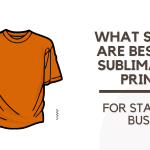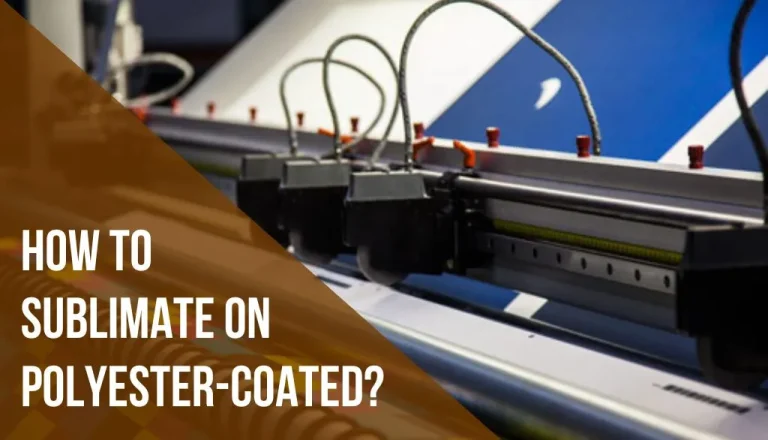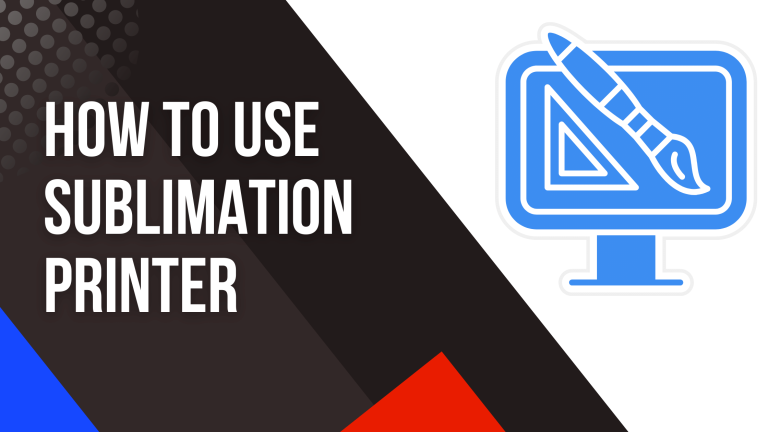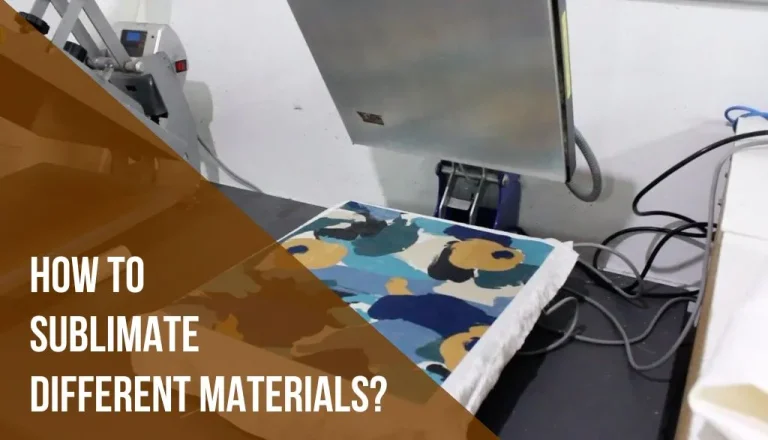How to Enhance Image Resolution for Sublimation Printing?
Sublimation printing works best in printing images on mugs t t-shirts or many other purposes. This sublimation printer helps create high-resolution images that are very high on demand.
In this article, I will explain how to enhance image resolution for sublimation printing. And also adjust heat and temperature what are the tips for making images high resolution?
How to Enhance Image Resolution for Sublimation Printing let’s Review:
The process of sublimation printing transfers ink onto materials such as polyester nylon or other polymers using heat. With vivid colors and sharp details. The print is high quality. The quality of your sublimation prints can however be affected by several factors.
Using practical explanations we will discuss some tips for improving the quality of your sublimation printing. Your customers will be more satisfied if you follow these steps.
1. Use High-Quality Transfer
High-quality transfers are crucial for achieving high-quality sublimation prints. To prevent ghost images from appearing on the backside, a good transfer must be thin enough to allow the ink to fully saturate the material.
Also, the surface should be smooth without any bumps or wrinkles which could cause misalignment during pressing. If you need a particular type or brand of transfer you may need to experiment until you find one that works.
2. Fine-Tune Color Management and Profiling
The most reliable color workflow is key to producing accurate and vibrant prints. You must profile your printer and substrate correctly to achieve the best color representation.
3. Profiling your Printer
Create an ICC profile using built-in software or third-party collaboration tools. It helps minimize dot again and washout across multiple jobs and media types.
If you use Ricoj printers and Sawgrass inks you can create custom profiles to know How to enhance image resolution for sublimation printing you can use the provided software or coreldraw.
4. Substrate Profiling
With a spectrometer measure the light reflectance of the substrates you intend to use. By doing so icc profiles can be created that capture how inks interact with different materials.
By profiling the substrate properly the color correction applied during the rip stage matched the actual absorption characteristics of the final medium resulting in lifelike hues and less metamerism.
In the first step of How to enhance image resolution for sublimation printing create a printer profile via Ricoh print and converge console. Using an x rite i1iO spectrophotometer and spectrasensor accessory determine the canvas white point and brightness.
Generate an ICC substrate profile for your particular canvas brand or type using a software package such as Wasatch Softrip or Caldera Grand RIP+.
In the software select this profile during the rip stage and process with the usual print setup for optimal color rendering.
5. Adjust your Printer Settings
The settings on your printer that enhance image resolution for sublimation printing can have a significant impact on the quality of your sublimation prints. Increasing the resolution changing the color profile and tweaking the brightness and contrast levels are some of the most common adjustments.
If you are using a specific printer and media experiment with these settings until you find the combination that produces the best results.
For example, when printing sublimation transfers set your printer’s resolution to 300 dpi. As a result, the final product can have sharper and crisper images.
6. Preheat your Press for Consistency
You can achieve consistent results throughout the day by preheating your press before each job. By doing so the heaters can reach their optimal temperature eliminating any hot spots that may occur in a cold press.
Turn on the power source and wait for all components to warm up completely before starting your press. After about five minutes close and reopen the platens.
Place a piece of scrap fabric over the entire platen and run a test cycle to ensure all areas are evenly heated. Follow your normal production procedures once everything is checked out.
7. Calibrate your Heaters Regularly
Temperature control is ensured across all zones of the press by heater calibration. There are several reasons why heaters drift from their intended temperatures over time.
Including the condition of the environment wear and tear and so on. You should be able to maintain an accuracy of +/-5(+/- 2.78C) if your heaters are functioning properly.
To perform a Heater Calibration
- Identify your substrate. The first thing you need to do is figure out what temperature range your polymer substrate needs. The top temperature for polyester is usually 360 F(177.8C) to 390F(198.89)C. While the top temperature for nylon is 350F (177.78) to 380F(193.89).
- Using the correct tension setting place a sample of your substrate material in the press. The platens should be closed and the desired temperature should be set for the appropriate zone. Measure the temperature of the sample with a digital thermometer immediately after running the press through its normal cycle sequence.
- Measure the material until it has cooled down at additional intervals.
- Divide the sum of all measured temperatures by the number of samples collected after the collecting date to determine the average temperature
- To determine whether your heaters need to be adjusted compare this value with the ideal target temperature range mentioned above.
More Tips are as follows
- Use a high-resolution image file. High resolution depends upon the sharper of the image. A good rule image is at least 300 dpi resolution.
- Resize the image to fit the sublimation transfer paper. The image you are transferring must be larger than the transfer paper so that there is some space around the edges. This will help to prevent the image from distorting when it is transferred.
- Adjust the contrast and brightness of the image: Then you need to adjust the contrast and brightness of the image to make it look best. You can do this in a photo editing software program.
- Sharpen the image: You can use the sharpening filter in the photo easily with the editing software program. This will help you to make the details of the image stand out.
- Remove any blemishes or imperfections from the image. You can also use a photo editing software program to remove any blemishes or imperfections from the image. This will help to make the image look its best.
Frequently Asked Questions:
Sublimation of a photo at the right size requires enough pixels to produce a sharp print. A photo needs more pixels the larger it is. The pixel density is expressed in pixels per inch. For sharp printouts, you need a photo with a PPI between 100 and 300.
By double-checking on How to enhance image resolution for sublimation printing your sublimation blank settings you can prevent this from happening and make sure the top platen temperature on your press matches the stated temperature. Heat strips can be used for this purpose.
Even though the printing is done at 150dDPI even low-resolution files or those that have been resampled do not appear nearly as low quality as they do when viewed on a screen. As a result, 300DPI files will affect sublimation product quality much.
Printed colors that fade or wash out are a common issue with sublimation printing. A few factors can contribute to this, including using the wrong type of paper not using enough pressure during the transfer process, or printing at the wrong temperature.
The white color is recommended for sublimation but it’s available in a variety of colors. You should always test each color before production because sublimation requires a high heat press temperature.
Final Verdict:
To know How to enhance image resolution for sublimation printing? The best results from sublimation printing can be achieved by using high-resolution images of 300DPI and adjusting the contrasting sharpness and saturation in the source file before printing optimizing artwork layout and orientation.
To maintain the sublimation printer properly and clean it. Choose the right paper type thickness and weight for the fabrics create and apply customized printer and substrate profiles for precise color management.
They experiment with different transfer techniques to achieve desired results and learn more about advanced features like double-pass printing and edge-to-edge printing.














